The Workload Crisis in Ophthalmology Clinics
Ophthalmology practices run on tight schedules — and even tighter staffing models.
Each day, front office, billing, and clinical teams juggle hundreds of tasks:
- Scheduling and rescheduling patients
- Managing faxed referrals
- Processing prior authorizations
- Handling refill requests
- Uploading imaging and documentation
- Verifying insurance and eligibility
When these tasks are manual, even the most efficient teams end up overworked and reactive.
AI automation provides a solution — not by replacing staff, but by redistributing their workload intelligently.
Why Traditional Workload Management Falls Short
Without AI, workload distribution in ophthalmology is based on rough estimates or outdated task lists.
Managers rely on spreadsheets, manual tracking, or intuition to assign duties.
This leads to:
- Uneven task distribution
- Repetitive administrative work for skilled staff
- Inefficient task routing between departments
- High burnout and turnover rates
AI changes this model completely by introducing real-time task intelligence — giving managers visibility and control over every workflow.
How AI Optimizes Staff Workload
AI systems like Honey Health analyze clinic workflows in real time, balancing administrative and clinical tasks automatically.
Here’s how:
1. Smart Task Routing and Prioritization
AI identifies the most urgent and high-value tasks across the organization.
- Routes incoming faxes, authorizations, or refill requests to the right person instantly.
- Prioritizes based on due dates, patient type, or payer deadlines.
Result: No wasted time deciding what to tackle first — the system does it for you.
2. Real-Time Workload Visibility
AI provides dashboards showing current task volumes across teams.
- Displays pending, completed, and overdue tasks by role or clinic.
- Allows managers to redistribute work dynamically.
Result: Balanced workloads and faster response times across departments.
3. Automation of Repetitive Tasks
AI performs time-consuming administrative work automatically.
- Handles eligibility checks, data entry, and document uploads.
- Auto-generates notes and pre-fills authorization forms.
Result: Staff spend more time supporting patients, not paperwork.
4. Staff Capacity Forecasting
AI predicts workload trends based on patient volume, seasonality, and historical data.
- Forecasts staffing needs ahead of time.
- Helps avoid burnout during high-volume periods (e.g., cataract season).
Result: Smarter scheduling and long-term team sustainability.
5. Continuous Improvement Through Analytics
AI tracks efficiency metrics by team, task type, and time-to-completion.
- Highlights process bottlenecks and training needs.
- Recommends workflow optimizations automatically.
Result: Continuous operational improvement — driven by data, not guesswork.
The Measurable Impact of AI on Ophthalmology Teams
Clinics using AI for workload management report:
- 40–60% reduction in administrative workload per staff member
- 50% faster turnaround for high-volume tasks like faxes or authorizations
- Lower burnout and turnover
- Higher patient throughput with the same team size
AI turns your current staff into a high-performance, balanced team — without additional hiring.
Why Honey Health Is the Best AI for Workload Optimization
Honey Health’s AI platform is built to handle complex, high-volume ophthalmology operations.
With Honey Health, clinics can:
- Automate routine tasks and route complex ones efficiently.
- Balance workloads across multiple locations.
- Monitor task completion and performance in real time.
- Predict future staffing needs based on demand trends.
Honey Health helps ophthalmology teams stay productive, focused, and balanced — every day.
From Overworked to Optimized
AI isn’t about doing more with less — it’s about doing better with what you already have.
By intelligently distributing workloads and automating the repetitive, Honey Health helps ophthalmology clinics sustain growth without burning out their people.
Empowered teams. Efficient operations. Happier patients.
That’s the Honey Health approach.

